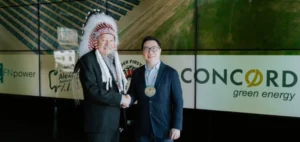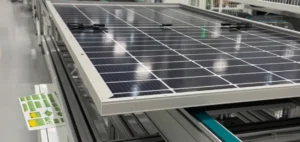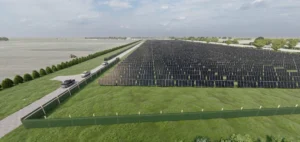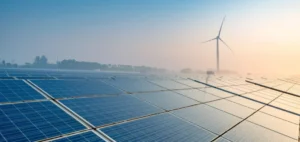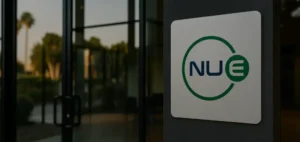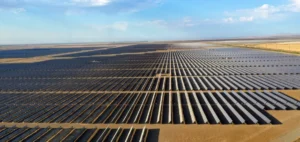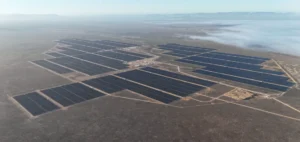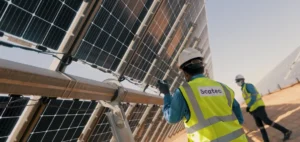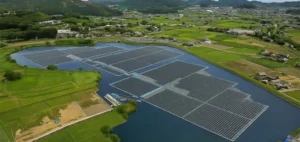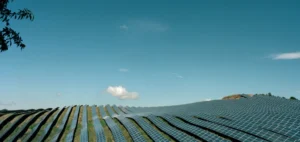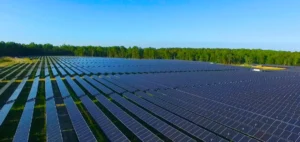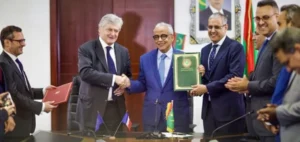New Energy Equity, a company specialising in the development and financing of community and commercial solar projects, has partnered with the Harlem Consolidated School District to deliver a 5.54 MWdc solar project in Illinois. Initially developed by BOW Renewables and acquired by New Energy Equity, the project will be located on land owned by the school district. The project is aimed at delivering significant economic benefits, including discounted electricity for both the school district and residential customers in the Commonwealth Edison service area.
A project benefiting the educational community
The Harlem Consolidated School District, located in Winnebago County, serves more than 39,000 students across 11 schools. This project will allow the district to offset a significant portion of its energy needs, thereby reducing its operating expenses. Additionally, the initiative will expand access to renewable energy for the local community, furthering the district’s commitment to energy sustainability.
Integration into the Illinois public school program
This project is part of the Illinois Public Schools program, a component of the state’s Adjustable Block Program (ABP), which supports the growth of renewable energy. Participation in this programme highlights both the school district’s and New Energy Equity’s commitment to supporting the state’s energy goals.
Jackie Chambers, Director of Investments at New Energy Equity, stated that this collaboration showcases the potential of partnerships between public institutions and private companies to promote sustainable energy solutions.
Bryan Segarra, Director of Development at BOW Renewables, expressed his enthusiasm about the positive impact the project will have on the region, underscoring the importance of providing tangible benefits to local communities while supporting Illinois’ clean energy goals.
In conclusion, the Harlem School District looks forward to the benefits this project will bring to students, families, and the entire community, reinforcing its commitment to innovation and social responsibility.



